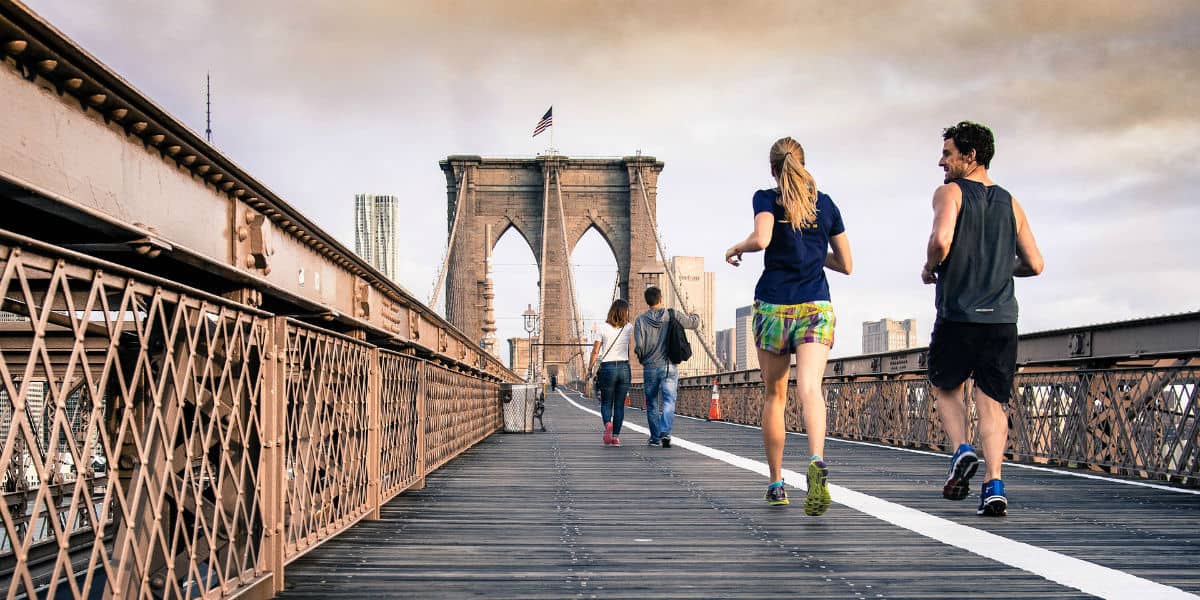An international study on the design of cities and how they correlate with physical activity and health found that there are four factors that contribute to improved physical activity among adults.
Based on an evaluation of various cities, the study found the design of urban environments has the potential to contribute substantially to physical activity.
By engaging the public sector in an effort to promote physical activity, local governments along with the community and the private development have the opportunity to create a more healthy environment for residents.
The four factors were developed by monitoring and studying physical activity throughout 14 countries worldwide in a cross-sectional study.
These four factors include:
1. Residential density – The denser residential developments are, the more likely they are to support commercial shops and amenities within closer walking distance.
2. Intersection density – Streets that are well-connected help reduce distances, shorten travel destinations and encourage walkability.
3. Public transport density – The closer and more available transit stops are to residents, the more likely they are to use them.
4. Access to parks – In addition to providing a place for recreational activities, parks also serve as destinations for people to walk to and from, encouraging exercise.
The analyses of data from the adult study included 6822 adults aged 18–66 years from 14 cities in ten countries on five continents.
Mean daily minutes of moderate-to-vigorous-intensity physical activity were measured with 4–7 days of accelerometer monitoring.
The study concluded that the design of urban environments has the potential to contribute substantially to physical activity.
The similarity of findings across cities suggests the promise of engaging urban planning, transportation, and parks sectors in efforts to reduce the health burden of the global physical inactivity pandemic.
For more information, you can view the report at The Lancet Abstract.

